Ushi
Waste not, want not.
01
Background
Solo project
15 Weeks
This was my graduate project in industrial design. I explored whether design had the potential to be a key in solving the multifaceted problem of food waste. Design was used as both a method of research and a development tool when shaping the product concept for one possible solution.Source: UNFCCC
About one-third of all food produced is wasted each year; this excess is responsible for about 10% of the global greenhouse gas emissions annually.
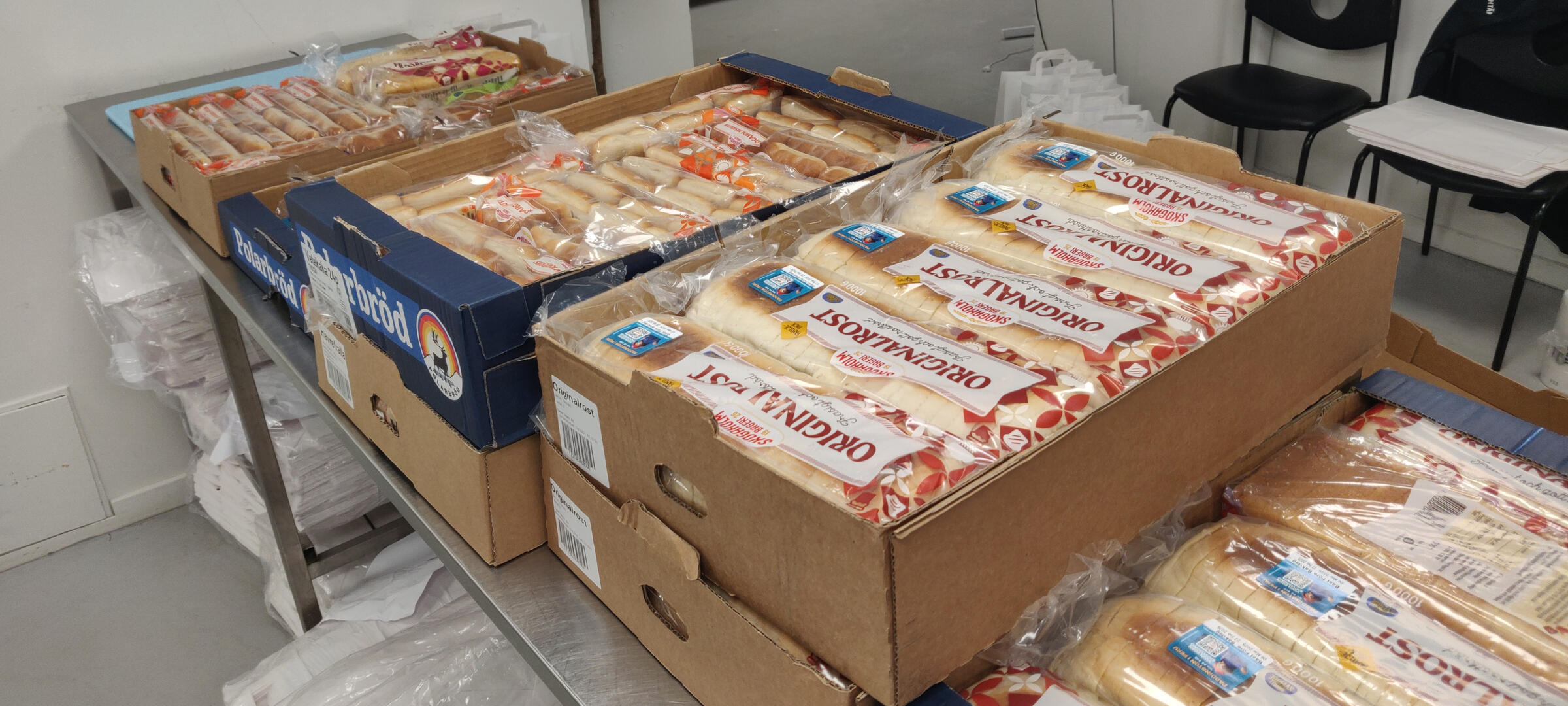
The Concept
Ushi was developed in response to consumers' desire for the food that they purchase to have a long shelf life. By extending the shelf life of milk at home, we can reduce the risk of it going bad when forgotten, while also prolonging its freshness.
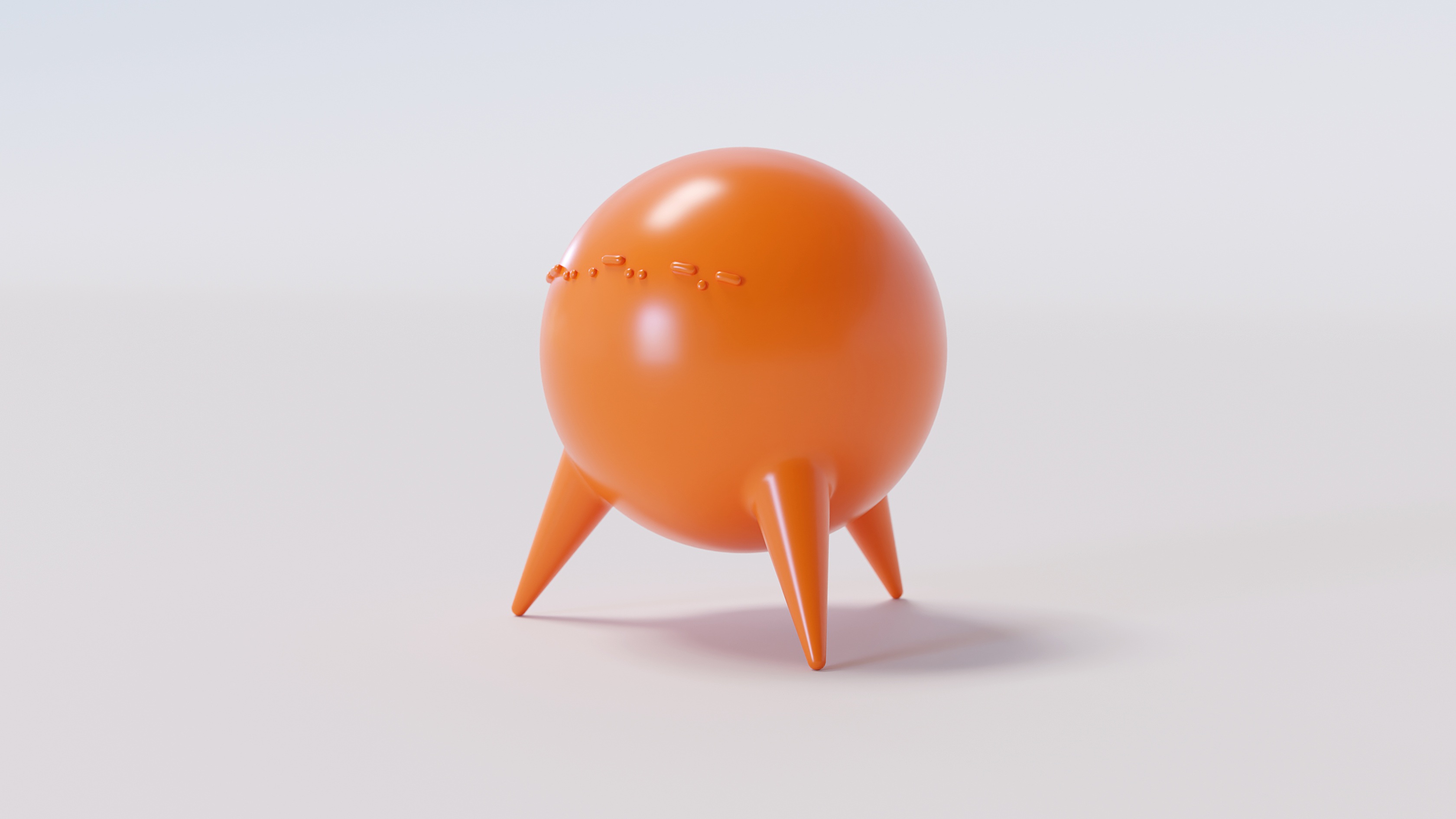
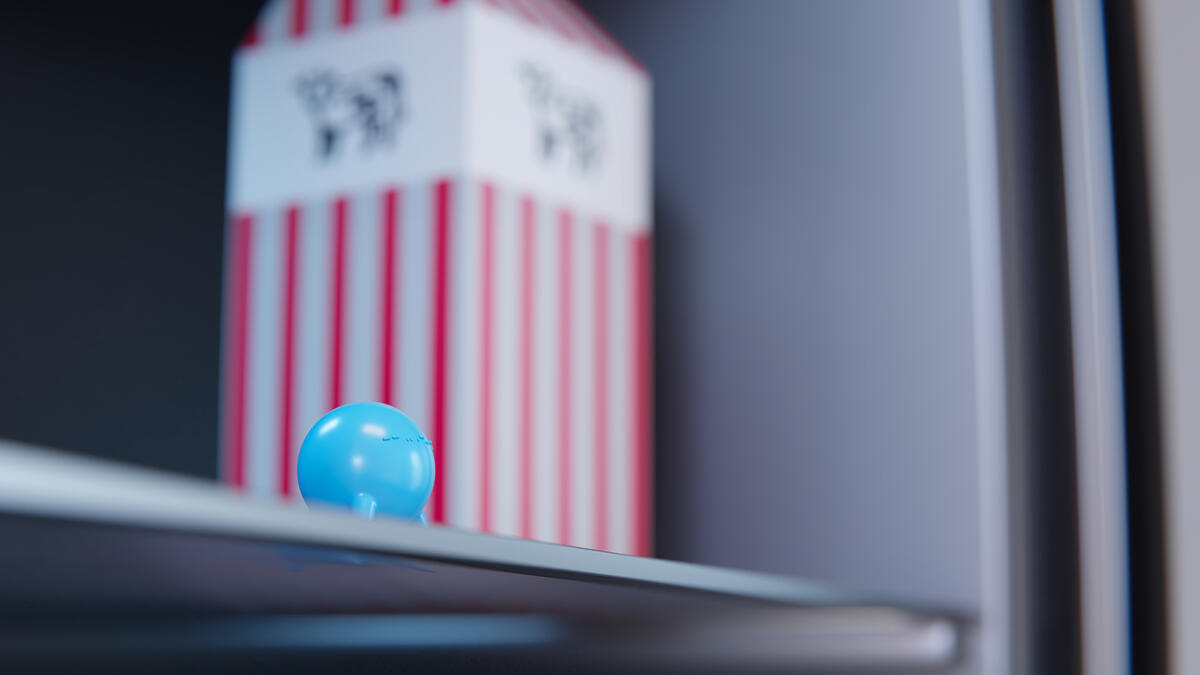
Color shift
Ushi utilizes an intuitive visual nudge that indicates the correct storage temperature for your milk, while also alerting you to cooling inadequacies, without requiring prior knowledge. The correct temperature can almost double the shelf life of milk.
Building better habits
When you bring Ushi to the table, it shifts hue after warming up, reminding you when it is time to put the milk back in the fridge in order to avoid a reduction in shelf life.
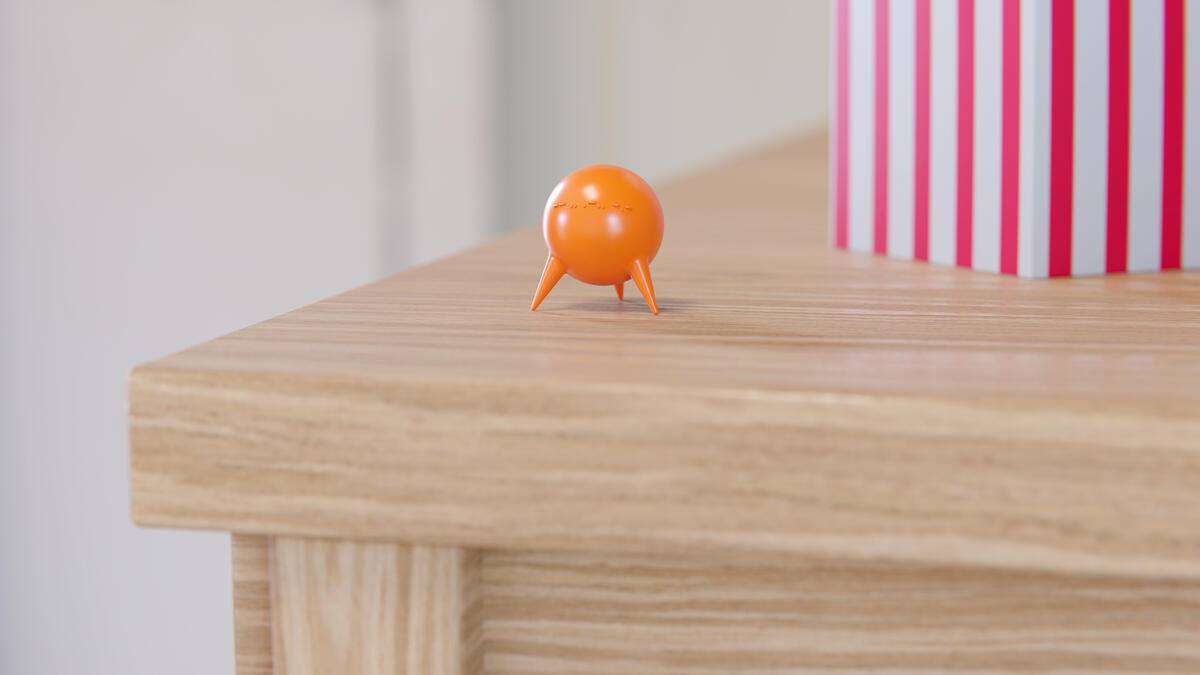
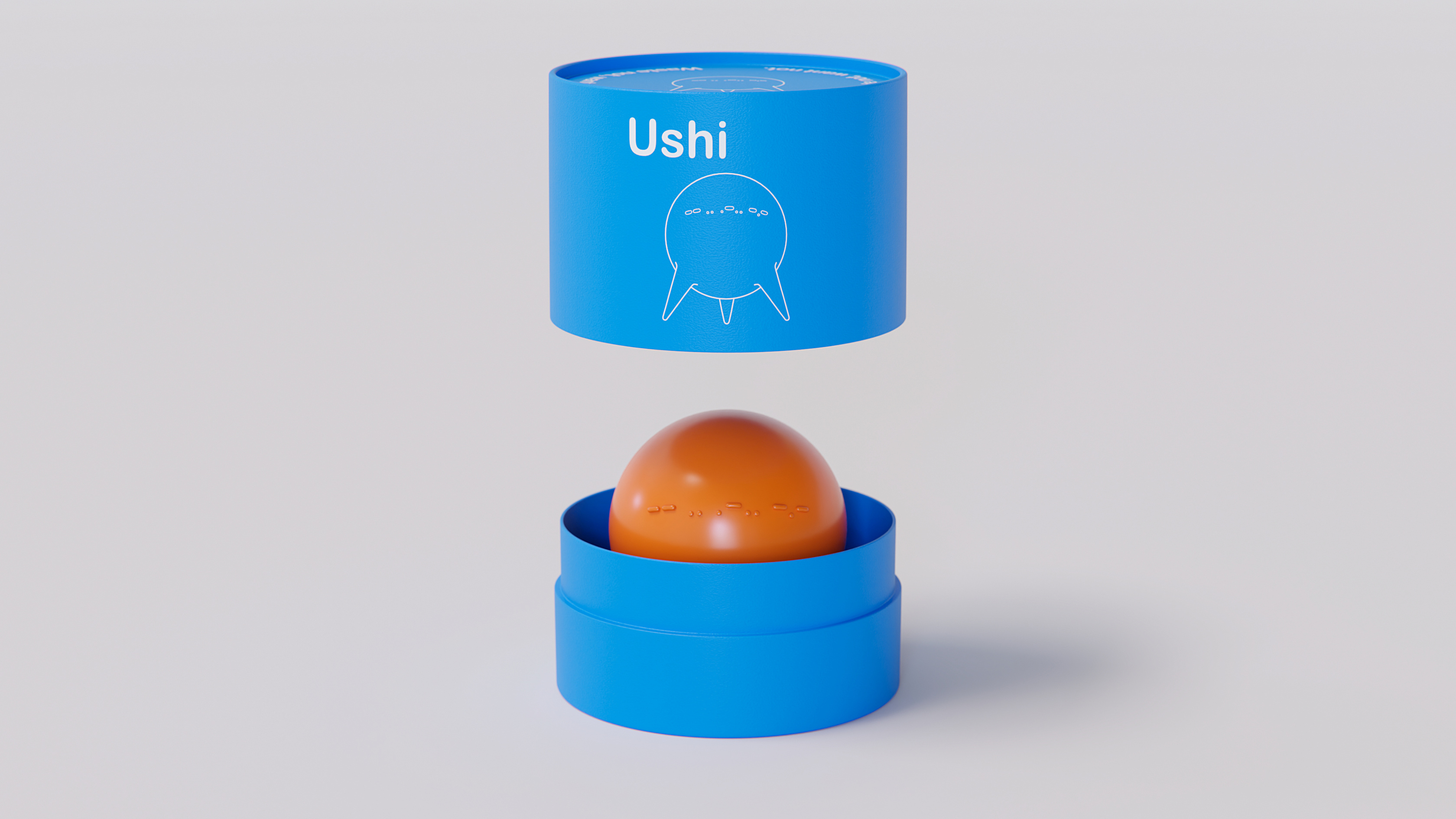
Ushi's mission
Avoiding unnecessary waste and building better habits for you and your family while also sparking intrigue and awareness amongst the youngest consumers in the household.
Process
For the duration of this project, I used lots of different ideation and visualization methods, everything from clay to digital renditions and sketching, not to mention model building.My workflow contained a lot of variety, but my primary workload consisted of research and sketching while iterating and narrowing the scope of the project.
Odor
Saving both the planet and your wallet.
02
Background
Solo project
1 Week
I was tasked to design a device that utilizes particles in the air to detect food spoilage. Enabling the user to make an informed decision about whether they should toss the food.
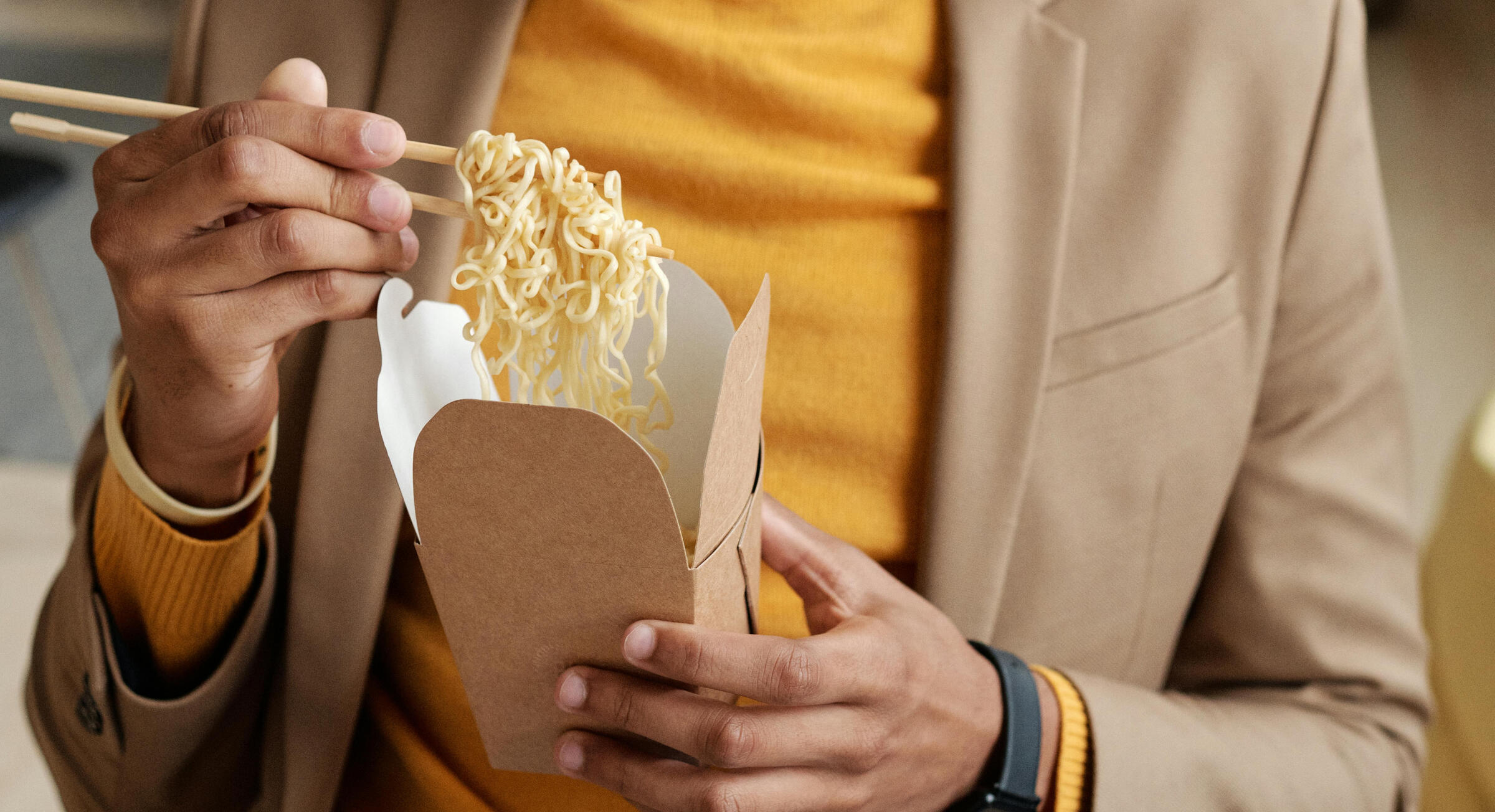
The Concept
The project resulted in a sleek and modern device utilizing a combination of aluminium, rubber and glass. I chose these materials to ensure the product will last through the turmoil of a kitchen and always be easy to grip and use, no matter if your hands are dry or not.
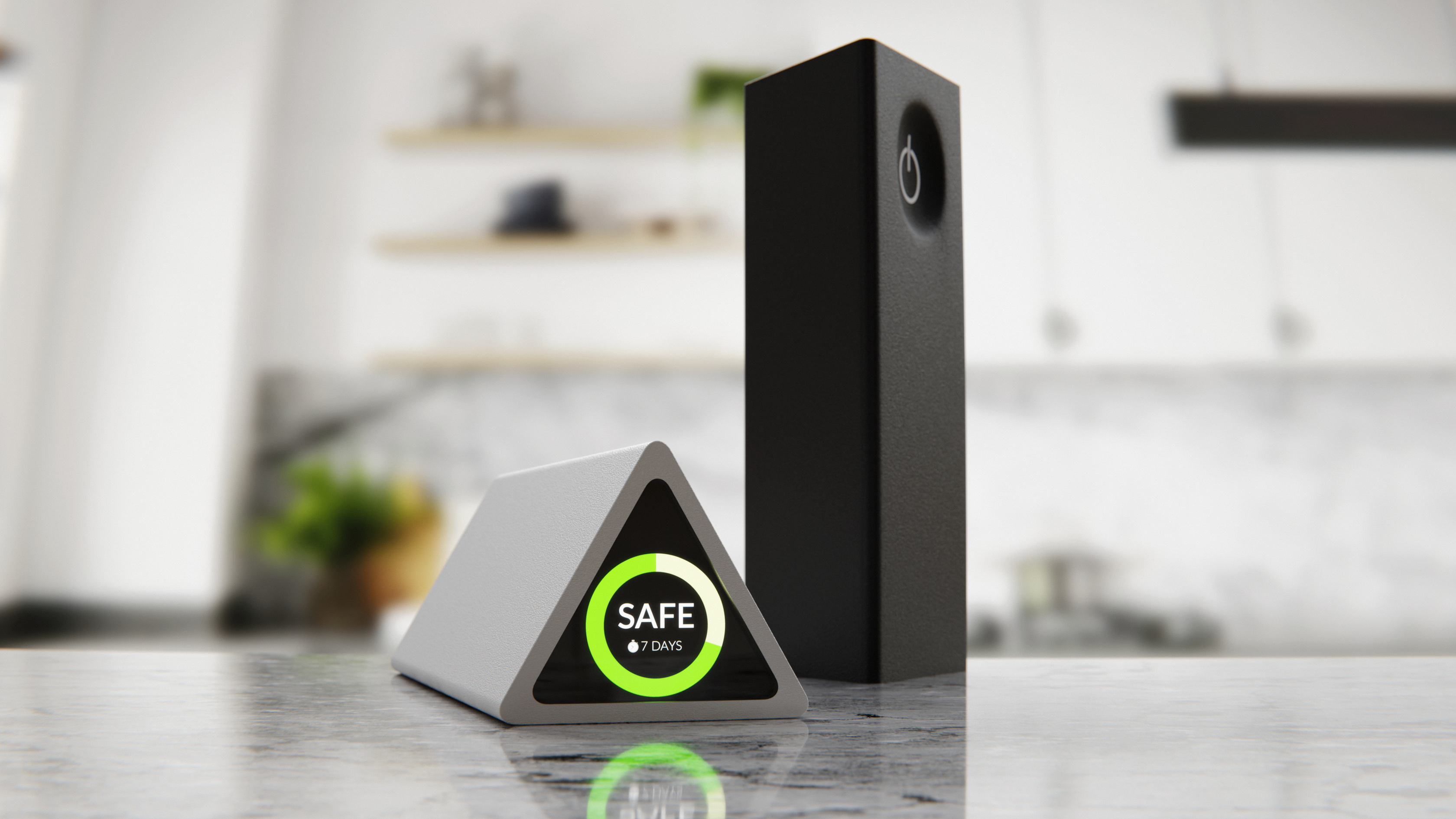
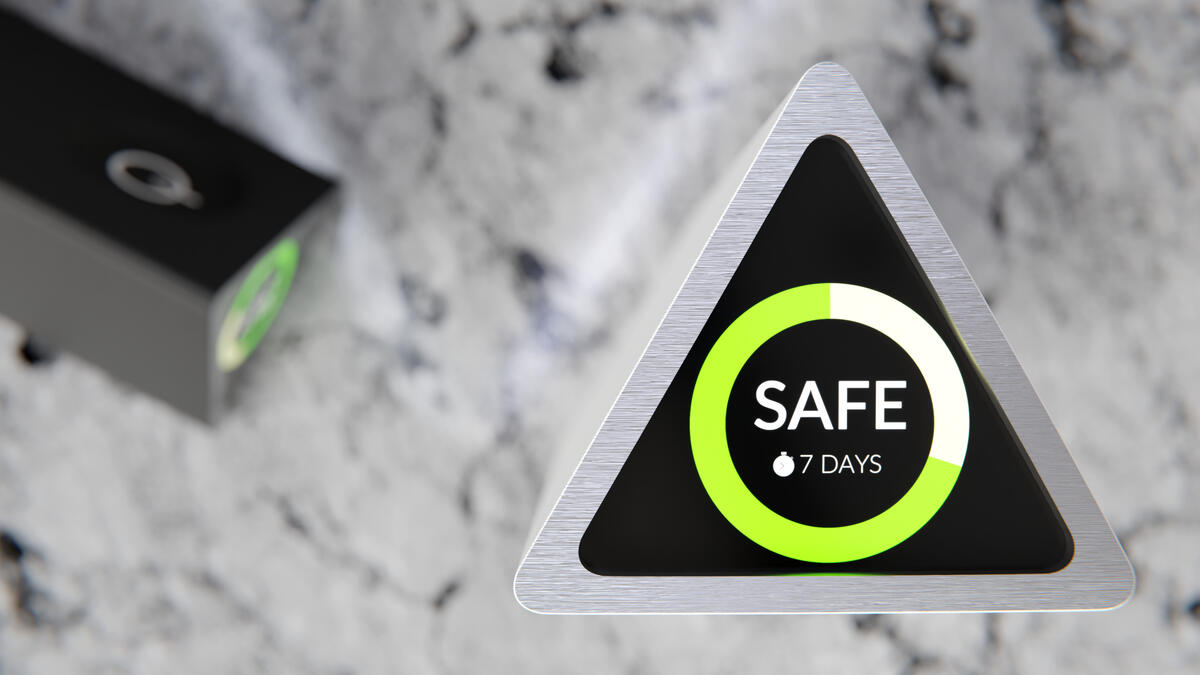
Ease of use
After a button press Odor scans your food for decay, it analyzes the data, then reports back with its findings in an easily digestible UI format. Enabling the user to make an informed decision regarding consumption.
Built to endure
Odor aims to meet the demands of even its most heavy-handed users. An aluminium frame keeps Odor light while remaining rugged. The hydrophobic mesh near the air intake keeps debris and water at bay, making Odor splashproof.
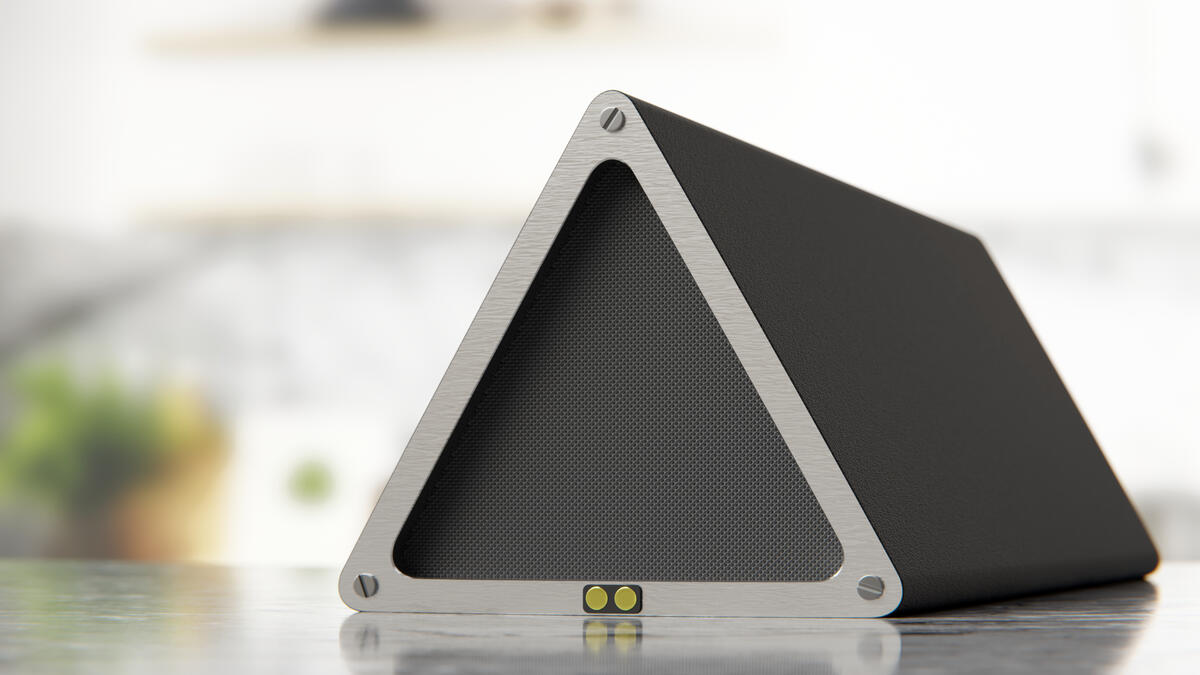
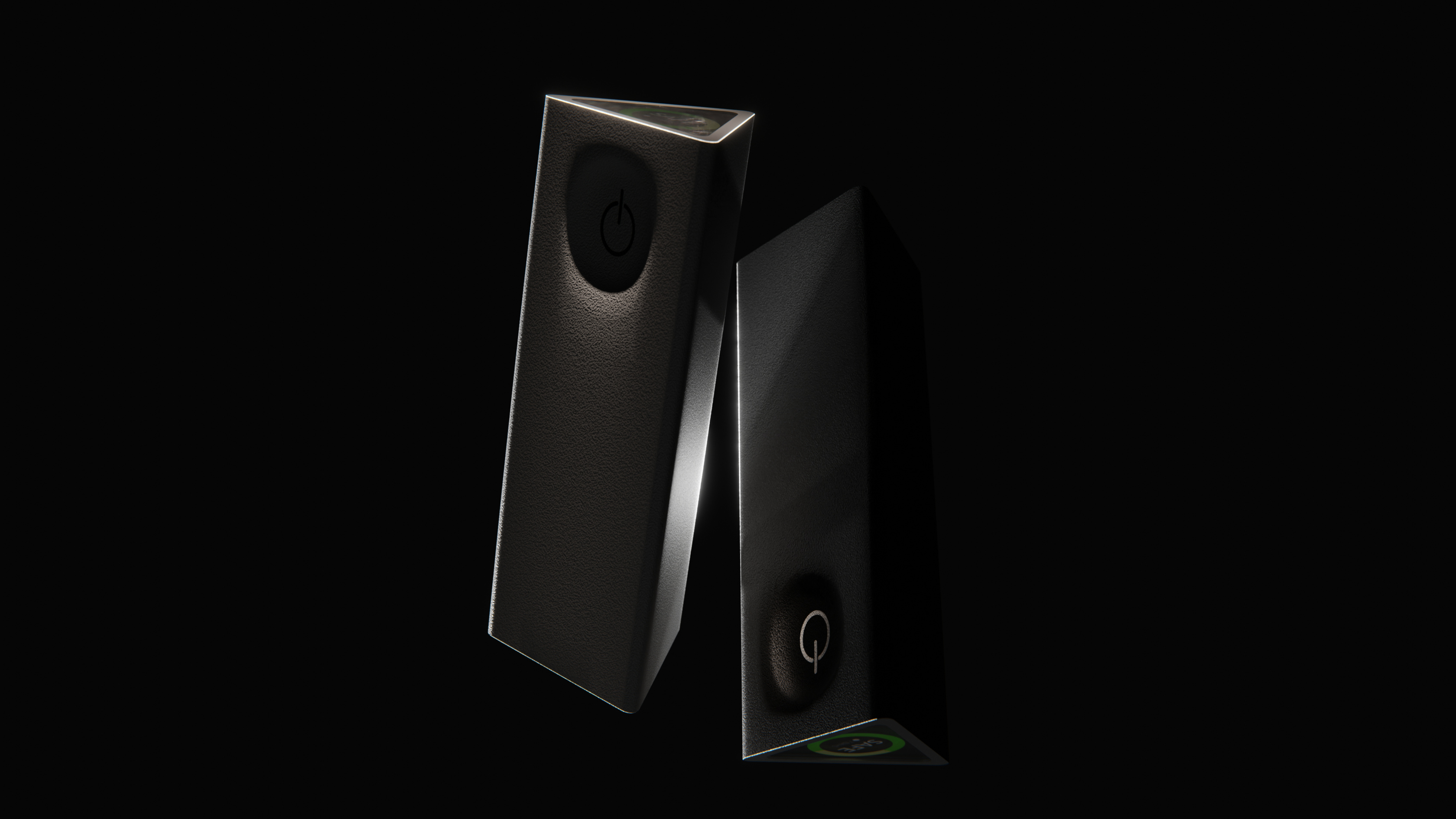
Process
Throughout the project I used sketching to develop my ideas and try different things.With modeling clay I could try all my ideas in a more concrete context, instead of only working theoretically. Making sure I got the proportions and shape right.
Wool pack
Cutting down on plastic packaging.
03
Background
Hybrid project
3 Weeks
We were tasked to design a solution to low-grade wool, a byproduct from sheep raised for consumption. It can't be used for clothes because of the differing quality of the wool fibers, and is therefore often burned as waste.My team and I did a material study exploring wool's properties. Branching off to do further study and conceptualize possible solutions individually.
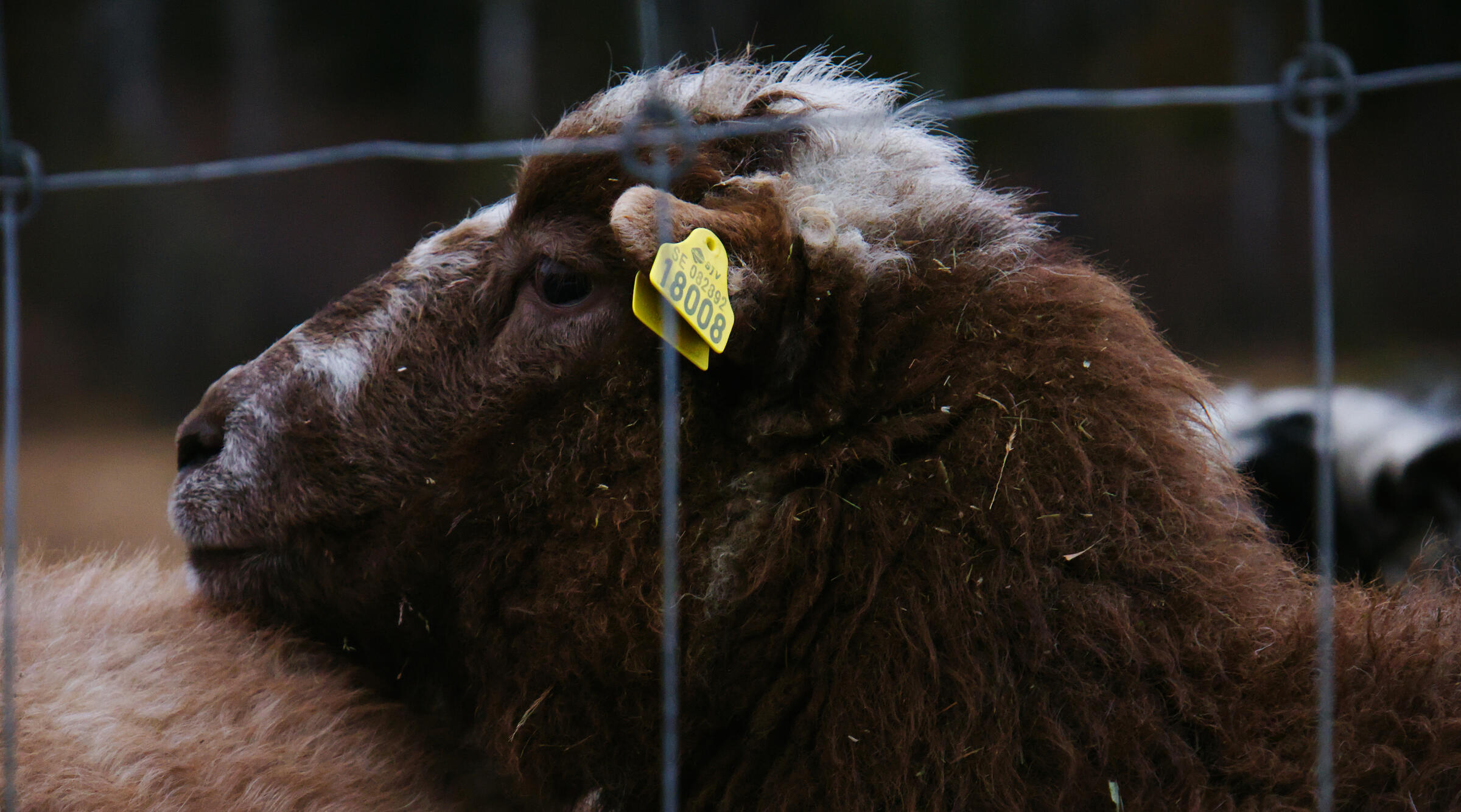
The Concept
The project resulted in a packaging material I call Wool pack. It has all the benefits of wool in a bubble wrap format. Although it mimics a traditional bubble wrap, it has properties that could outshine it depending on what you want to package and send.
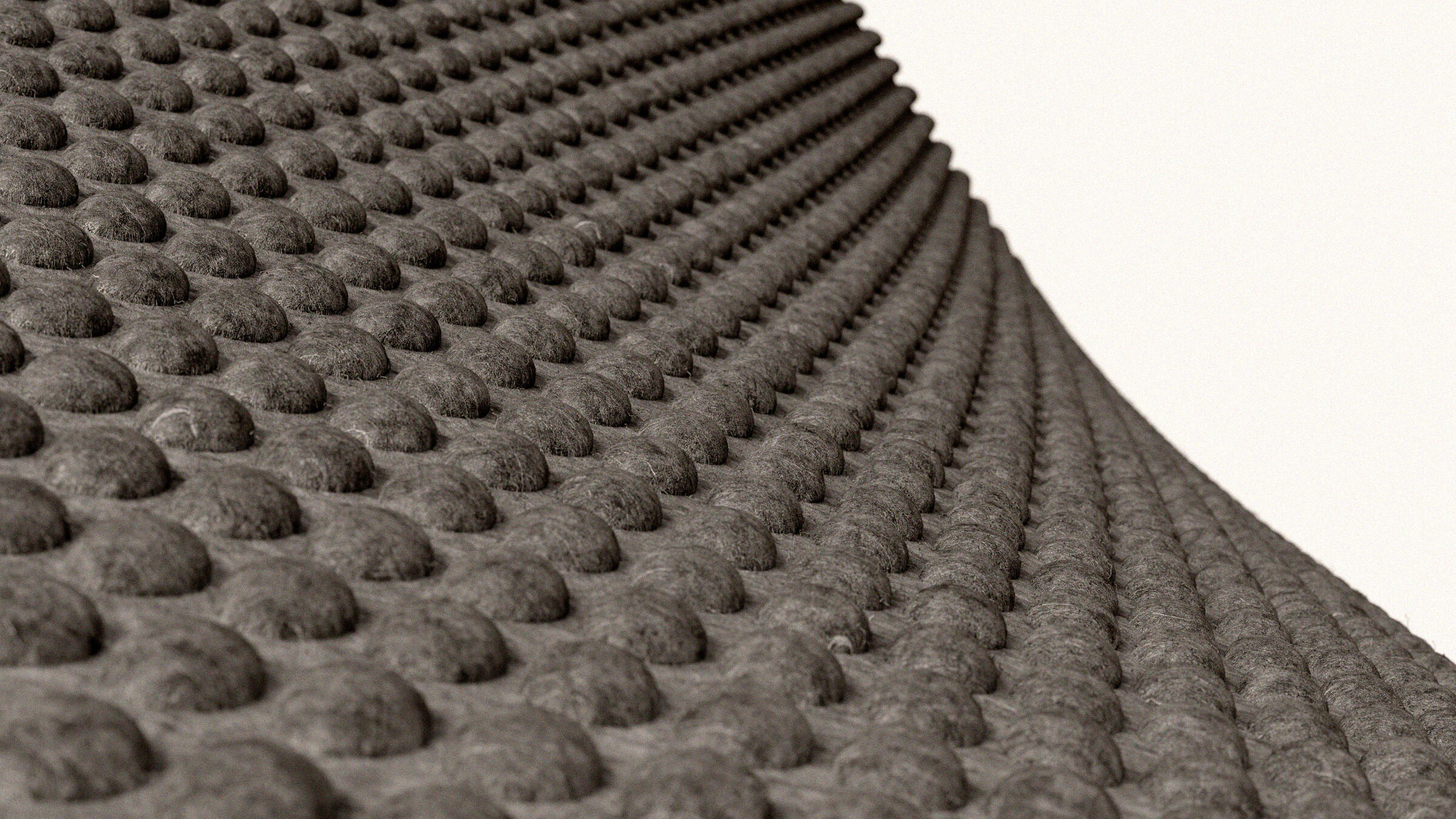

Why Wool pack?
The environmental benefits of taking care of waste products while also eliminating plastics in packaging. Possible packaging use cases include ceramics, tech and food.
Superior qualities
Wool possesses unique properties, making it a desirable shipping medium. These qualities make Wool pack the superior alternative in use cases where certain conditions must be met.
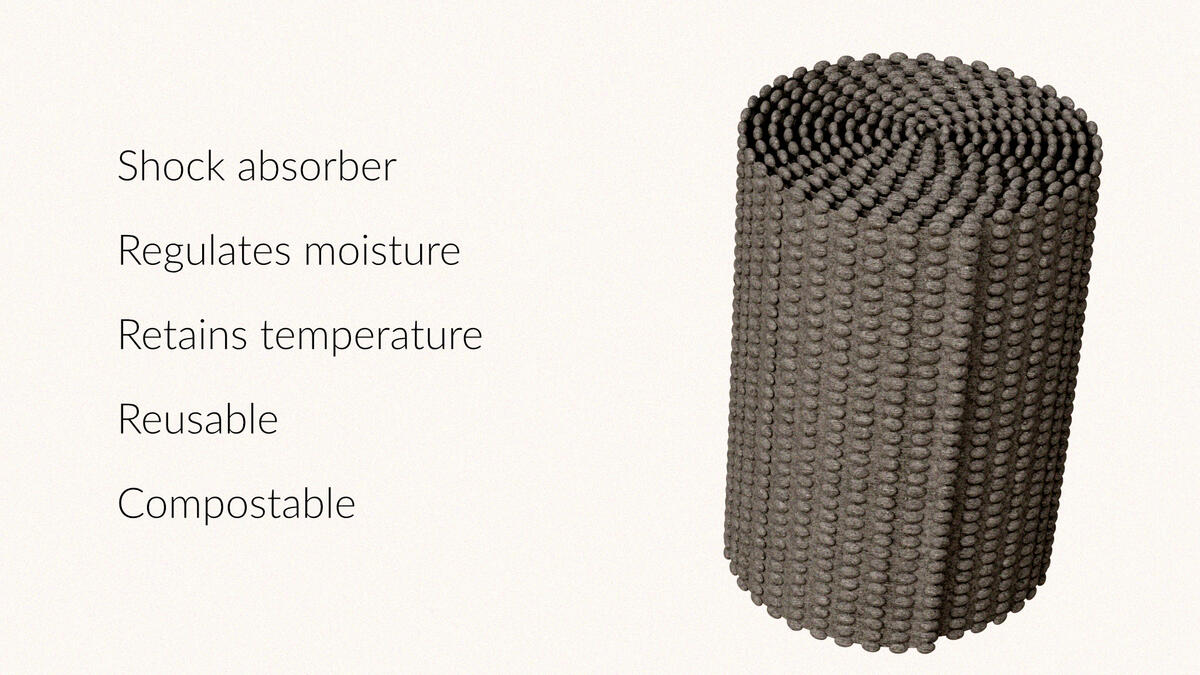
Process
We tested the properties of the wool by exposing it to harsh conditions. Freezing temperature, open flames, boiling water with differing solvents and extreme compressionAfterwards documenting findings and brainstorming use cases for the unique properties of the material.
Skarva
Modularity for everyone.
04
Background
Group Project
4 Weeks
We were tasked to design an inclusive solution for a public space of our choosing. This group project was centered around a product development method called diversity-driven design.Diversity-driven design is a development process in which you form your basis around product requirements with the most demanding user in mind.
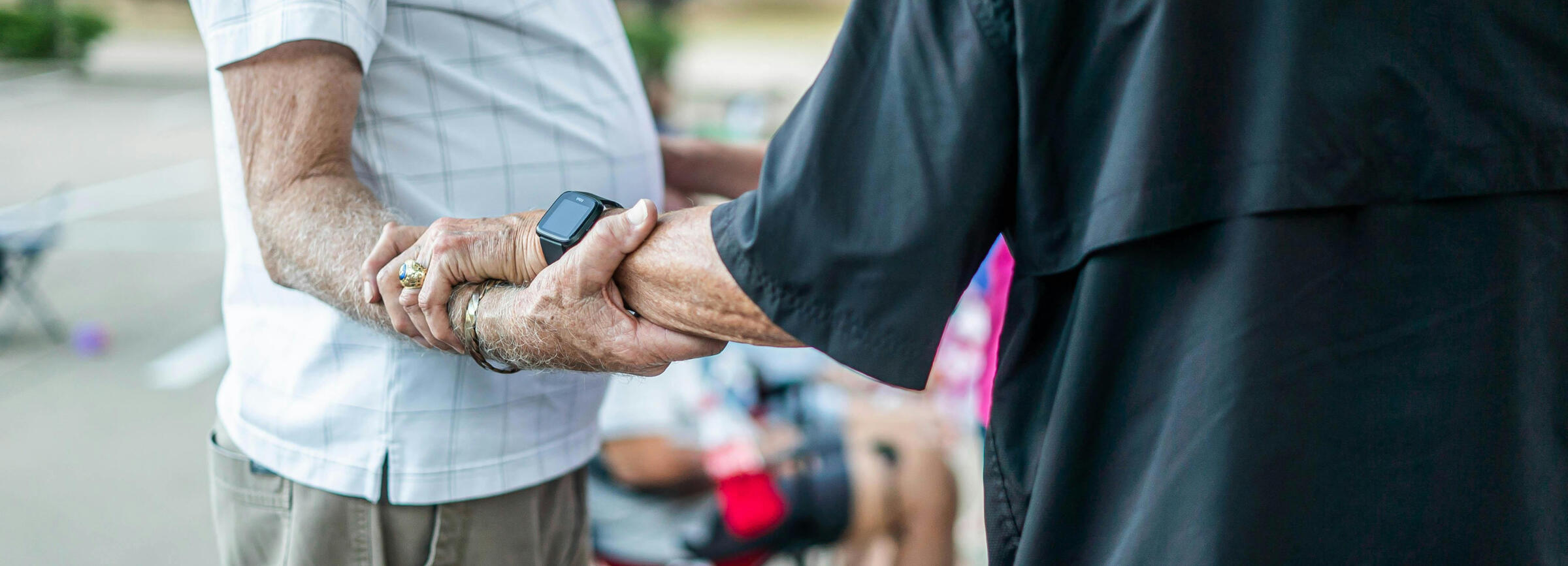
The Concept
The project resulted in a modular and inclusive furniture set. Skarva can easily be manufactured with very few parts, keeping costs down. While also allowing for customization and options for pre-assembly or on-site assembly, thanks to the nature of the interlocking shapes.
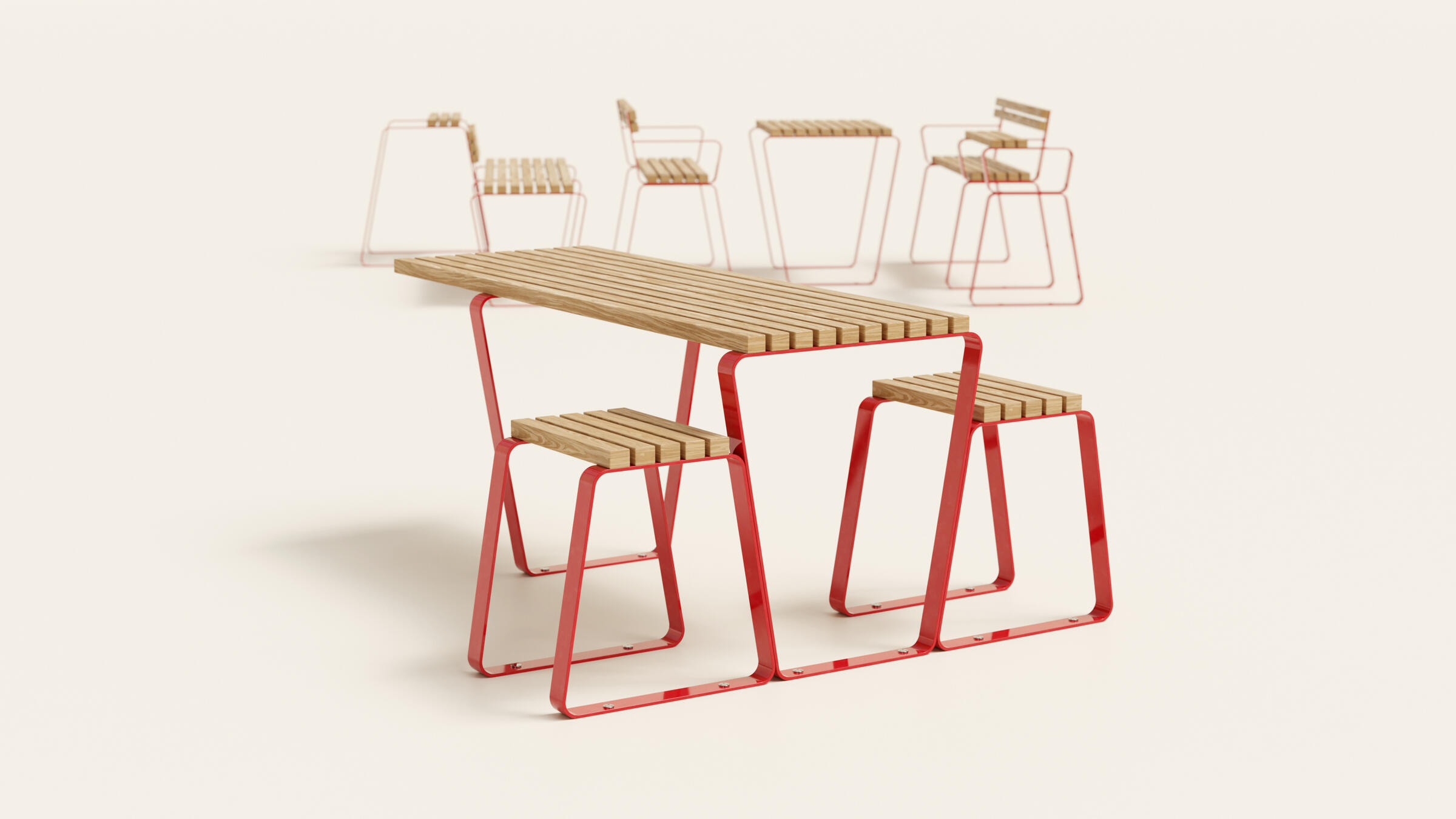
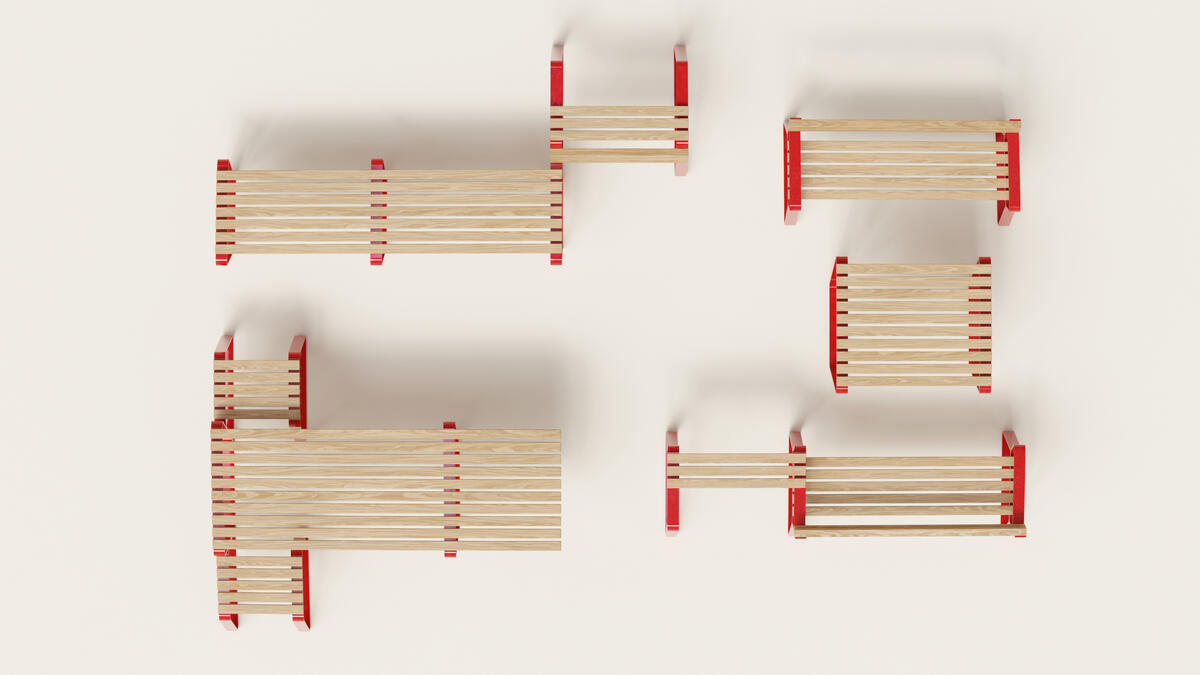
Everyone is welcome
In the configuration examples some spaces that seating would normally occupy have been removed to allow wheelchairs and strollers to park and be part of the community.
Endless possibilities
Skarva is an idea meant to be built upon and adapted to meet the community's needs. The base consists of four prefab parts made of steel, which are combined with wooden studs and ground anchors to create the public space.
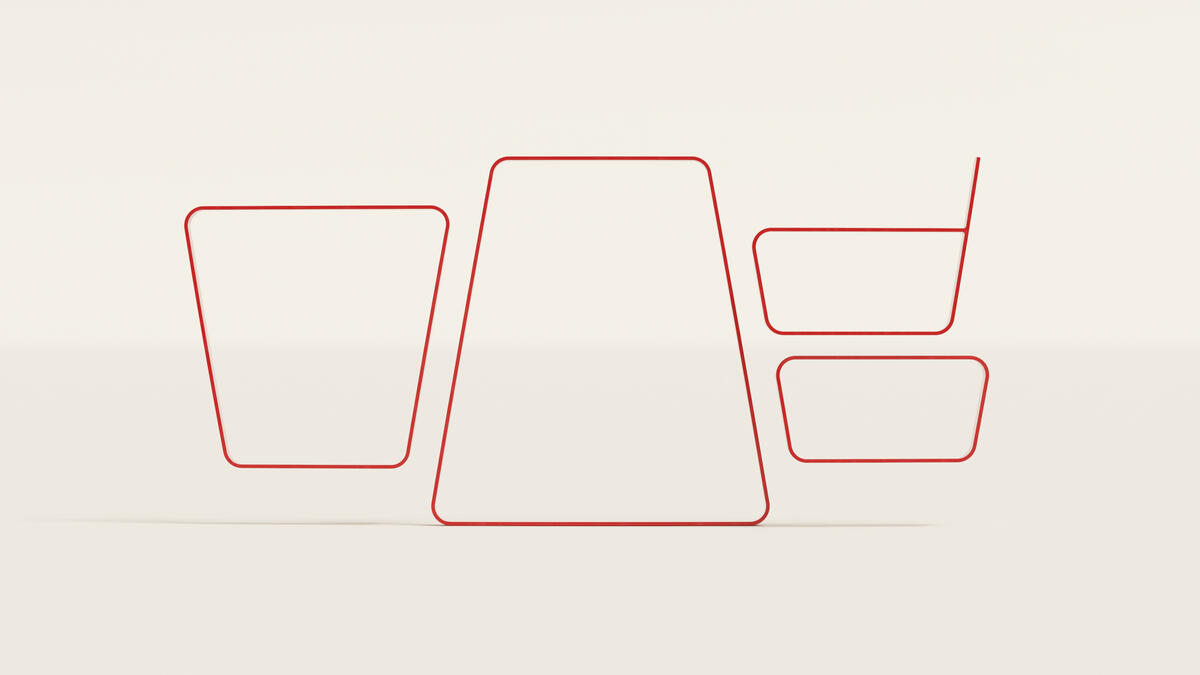
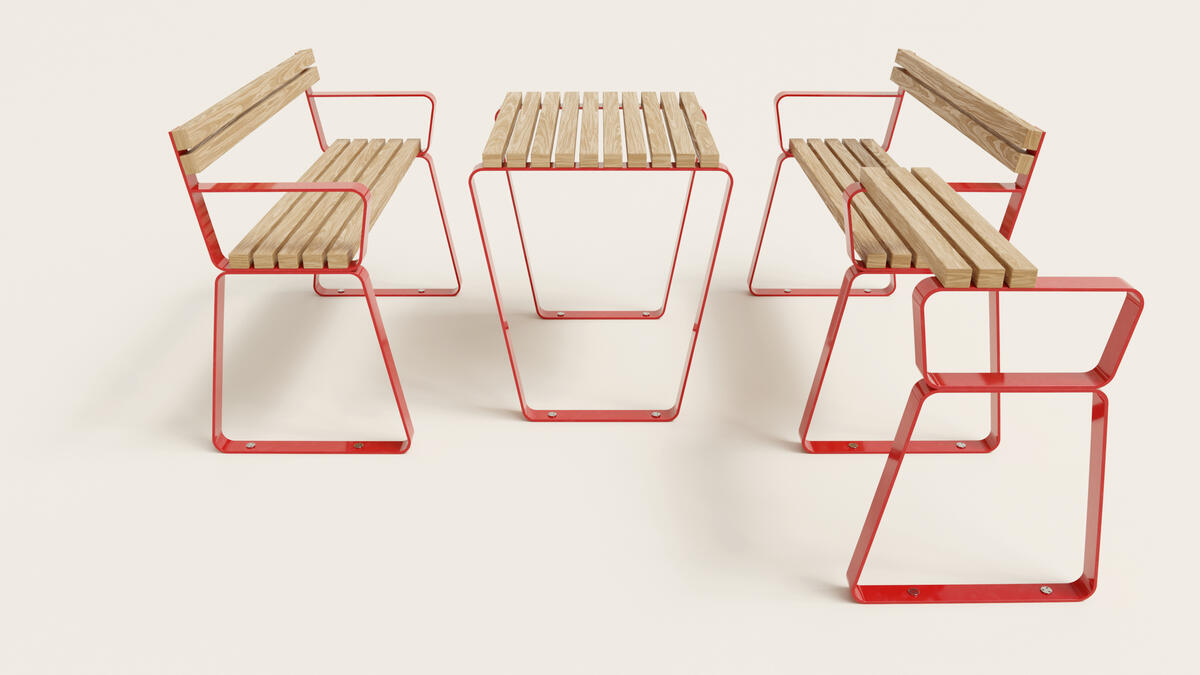
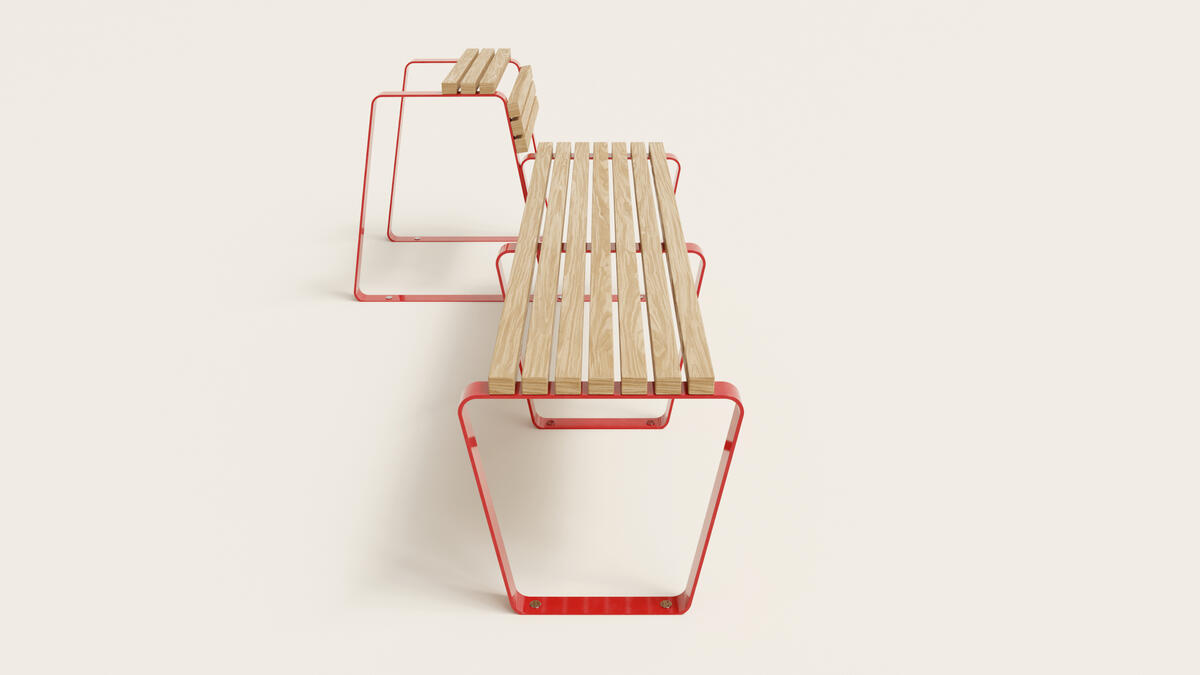

Process
After we had brainstormed and sketched up our idea, we began using models made out of modeling cardboard, which enabled us to explore possible configurations and how one might package an already assembled set for transport.
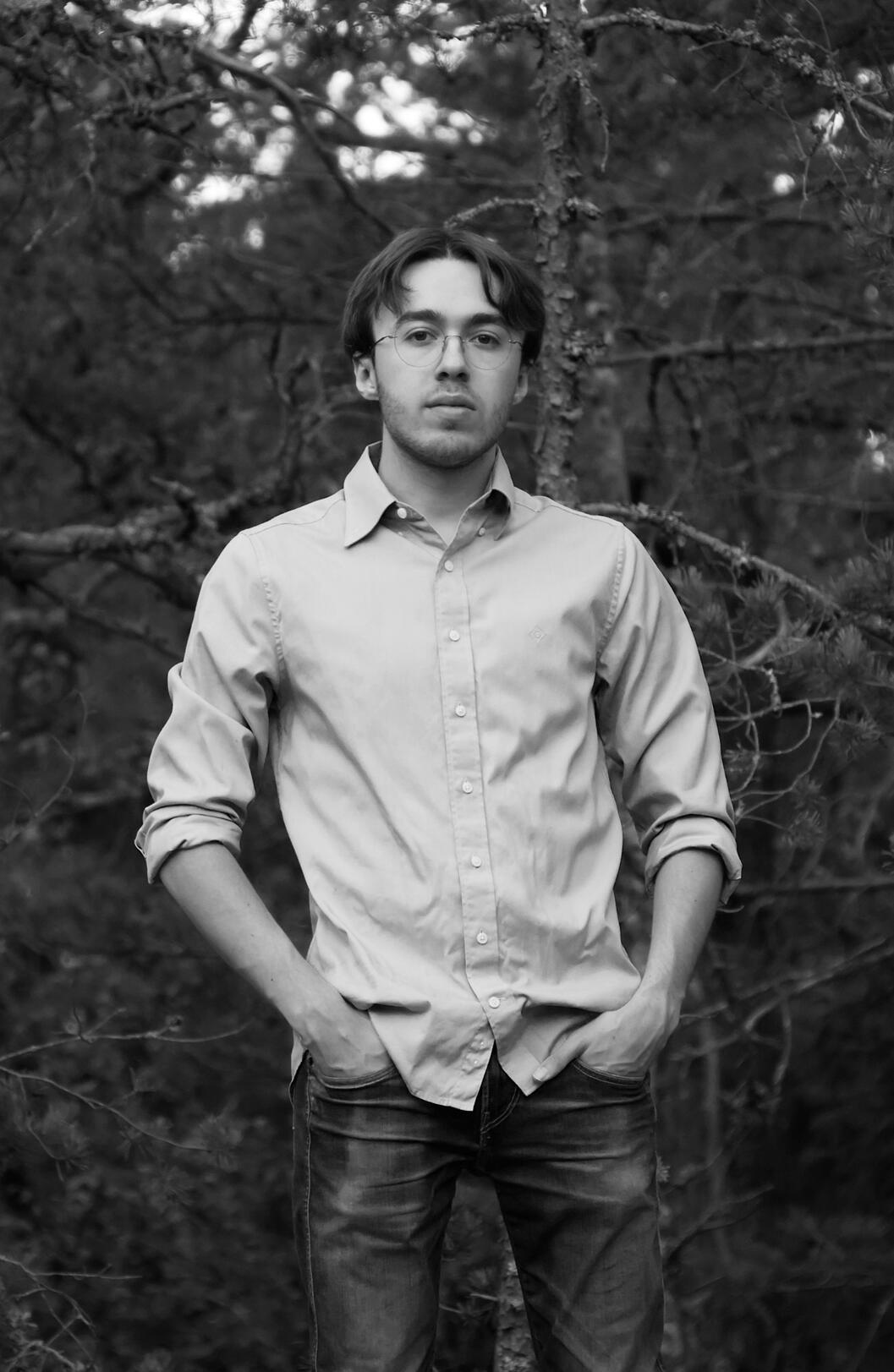
Oscar Blix
My core values when it comes to design are: beauty in simplicity, sustainability without compromise and always design with the end user in mind.I am an industrial designer with a passion for minimalism. In my spare time I enjoy photography, sketching, music and cinema. These interests help me stay inspired while also serving as creative outlets.


























